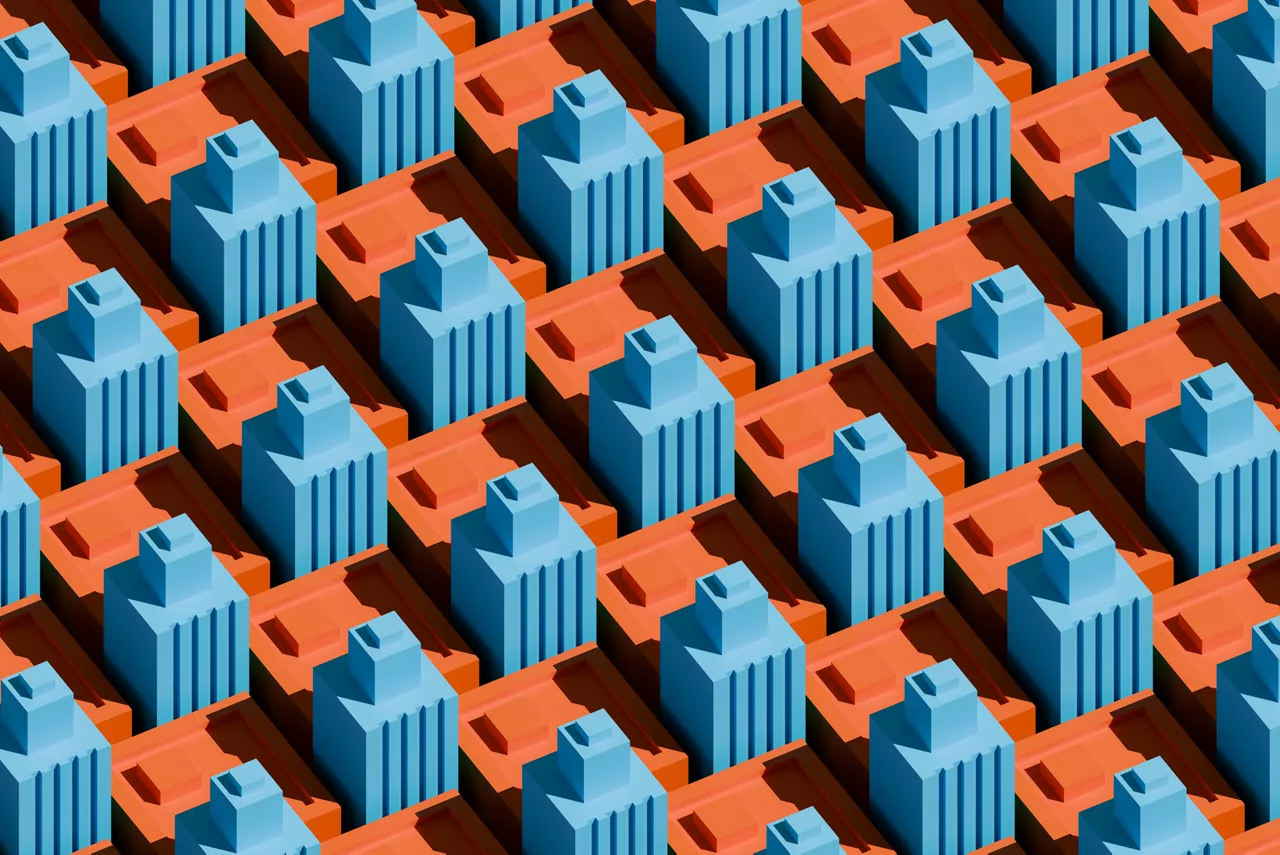Why Land, Not Power, Will Define the Future of AI Infrastructure
The next data center crisis will be a real estate problem.
Written by Obinna Chidozie Isiadinso | 5 mins • March 25, 2025

Why Land, Not Power, Will Define the Future of AI Infrastructure
The next data center crisis will be a real estate problem.
Written by Obinna Chidozie Isiadinso | 5 mins • March 25, 2025

When it comes to data center growth, power has been the main topic of conversation. But the real limiting factor isn’t megawatts—it’s square footage. Data centers don’t just need power. They need land.
And we’re running out of it.
The hyperscale race is shifting, not because of technology, but because of geography, zoning laws, and environmental restrictions.
For years, Northern Virginia has been the epicenter of global cloud infrastructure, home to nearly 40% of the world's internet traffic.
But now, land constraints and zoning regulations are slowing down hyperscale expansion.
For example, AWS committed $35 billion to expanding its U.S. data center footprint—but zoning roadblocks in Virginia are forcing the company to look elsewhere. Similarly, Microsoft is pivoting to secondary markets like Poland and Sweden as traditional Tier 1 data center hubs hit real estate constraints. Even Google, whose Oregon expansion triggered lawsuits over water rights, is effected by the land grab.
Cooling demands are rising, and environmental policies will dictate future data center hubs. The reality is this: the AI revolution is here, but it has nowhere to go.
For the past decade, most data center site selection strategies revolved around power procurement—securing affordable energy, negotiating long-term power purchase agreements (PPAs), and integrating renewables.
But now, a new equation is taking shape:
With land drying up in major data center hubs, operators are being forced to rethink their geographic strategies.
With Northern Virginia struggling to expand, Ohio and Texas (specifically in Columbus, Dallas, and Austin) are emerging as new hyperscale hubs. In Poland & Sweden, Microsoft is shifting its cloud expansion strategy into these secondary markets with available land and renewable power. Investors also looking to maneuver through strict data center limits are turning to emerging Southeast Asian markets, like Singapore.
The biggest winners? Investors and developers who secure land now, before the next wave of AI-driven infrastructure demand surges past available real estate.
We are entering a land rush for the future of AI computing. The key questions for investors, hyperscale operators, and data center developers are:
The next generation of AI-powered infrastructure won’t be built in today’s data center hubs—it will be built where land, policy, and sustainability align. The biggest risk to data centers in 2025 isn’t power, it’s decisions being made today.
This article originally appeared in Global Data Center Hub, a Substack blog.